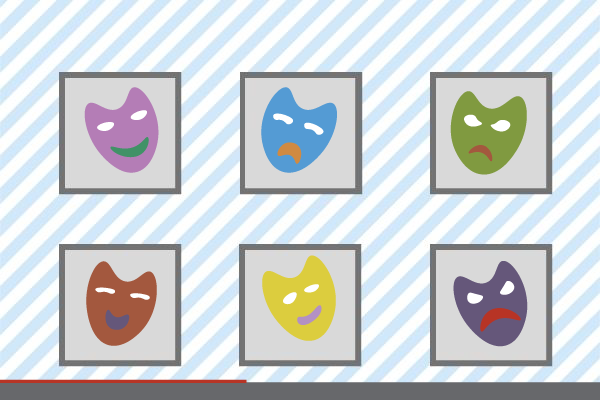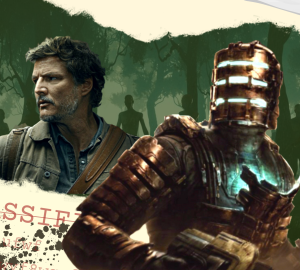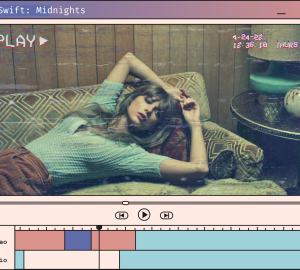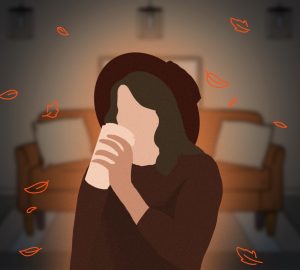What virtual productions can learn from Ancient Greek theater

“Ratatouille: the TikTok Musical” (yes, you read that right) premiered Jan. 1 on the digital stage rather than the theater. It’s the most recent production to take place in a web video format since lockdowns, showing performers in a portrait, grid-like formation on our screens. It was jarring at first to see each performer separated from each other and addressing the audience frequently. I think it’s fair to say that the dominance of Hollywood movies in our lives conditions us to expect actors to ignore us, otherwise known as representational acting. The web video format that many live productions are using instead favors presentational acting, a style also used by ancient Greek thespians.
Greek thespians never intended to portray their characters as real people. The heroes and villains of Greek drama were gods, monsters, demigods, kings, queens, warriors and the odd civilian here and there. Because the characters weren’t meant to be realistic, their costumes and props were symbolic.
“Ratatouille: the TikTok Musical,” if you can believe it, didn’t try to show a real rat running around a kitchen and hiding in a man’s hat. Instead, three performers symbolically dressed as rats. Titus Burgess, who played Remy, wore a simple gray turtleneck and dark pants. Adam Lambert, who played Emile, wore a black-and-white fur coat; and Wayne Brady, who played Remy’s father Django, wore a gray hat with rat ears, a gray hoodie and flannel, black fingerless gloves and painted whiskers on his cheeks. Three different presentations of what a rat looks like.
Greek theater also featured the chorus, a group of performers who served many functions throughout the show. In “Ratatouille,” the chorus is condensed into Remy, who informs us what happened right before the story started and what happened between songs. In the web video format, this chorus function is essential. Because actors were separated, they had no way of showing what actually happened between scenes. A stage production could show the kitchen as the actors moved around it or the sewers as Remy lost track of his family, but the web video only allows for what each performer’s camera can capture.
This might sound like the web-video format in lockdowns puts too many limitations on entertainment, but it doesn’t. A handful of YouTube web series have thrived with these kinds of limitations, adapting productions into a vlogging format. In 2014, a New Zealand-based production group called The Candle Wasters adapted Shakespeare’s “Much Ado about Nothing” into a series of vlogs. The main characters spoke directly to the audience about what happened between videos and what their thoughts were. They wore casual clothes and filmed in their bedrooms or at the park. This presentation of the story is different from what we see in mainstream entertainment, but it’s just as effective. It has existed for years, lockdowns just helped it go mainstream.
Like any emerging media, it’s clear this format is still developing. Despite being supported by Disney and Playbill, “Ratatouille: the TikTok Musical” was filmed the same way it was workshopped — in people’s homes on whatever tools they had at their disposal. Of course this format isn’t going to look the same as its source material; a film adaptation of a book isn’t going to be the same either. Different formats require different tools and techniques. Some could think of this as limiting, others liberating. The point is, an hour-long adaptation of a beloved movie raised $1 million opening night. When Broadway opens its doors again, this livestream format won’t go away, and it shouldn’t. Rather than stubbornly insist on the representational style of storytelling we’re used to, embracing the presentational style of Greek drama, like “Ratatouille” did, will make these productions succeed.



























